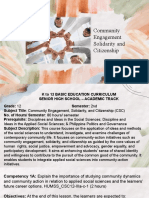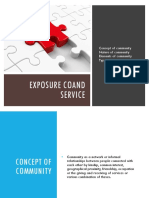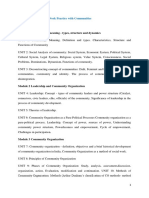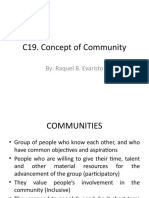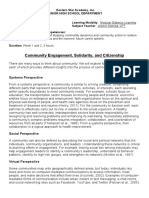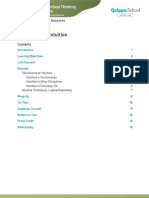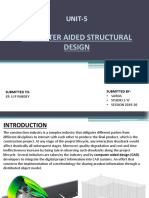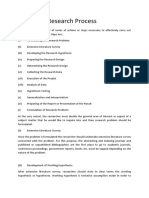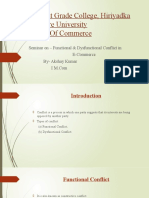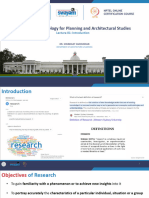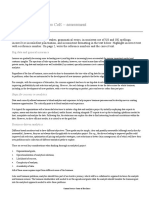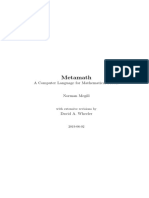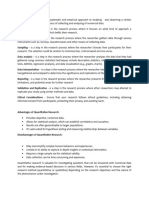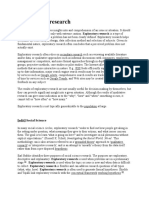0% found this document useful (0 votes)
32 views7 pagesNstpii Module 4
This document outlines the concept of community and the process of community needs assessment, emphasizing the importance of understanding community dynamics for effective problem-solving and goal-setting. It details various perspectives on community, the purpose and principles of community engagement, and the steps involved in conducting a needs assessment. The document concludes by highlighting the role of the community in identifying needs and the significance of systematic assessments in addressing the needs of children, youth, and families.
Uploaded by
jefferson.tulio05Copyright
© © All Rights Reserved
We take content rights seriously. If you suspect this is your content, claim it here.
Available Formats
Download as PDF, TXT or read online on Scribd
0% found this document useful (0 votes)
32 views7 pagesNstpii Module 4
This document outlines the concept of community and the process of community needs assessment, emphasizing the importance of understanding community dynamics for effective problem-solving and goal-setting. It details various perspectives on community, the purpose and principles of community engagement, and the steps involved in conducting a needs assessment. The document concludes by highlighting the role of the community in identifying needs and the significance of systematic assessments in addressing the needs of children, youth, and families.
Uploaded by
jefferson.tulio05Copyright
© © All Rights Reserved
We take content rights seriously. If you suspect this is your content, claim it here.
Available Formats
Download as PDF, TXT or read online on Scribd
/ 7












